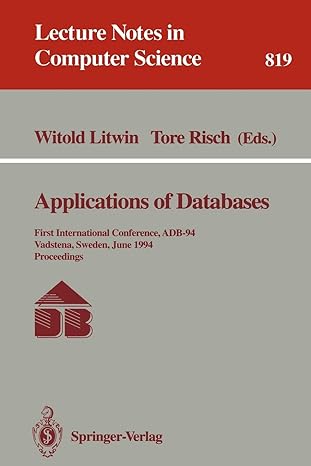Answered step by step
Verified Expert Solution
Question
1 Approved Answer
class NodeDLL: def __init__(self, init_data, next_node=None, prev_node=None): self.data = init_data self.next = next_node self.prev = prev_node def get_data(self): return self.data def get_prev(self): return self.prev def
class NodeDLL:
def __init__(self, init_data, next_node=None, prev_node=None): self.data = init_data self.next = next_node self.prev = prev_node def get_data(self): return self.data def get_prev(self): return self.prev def get_next(self): return self.next def set_data(self, new_data): self.data = new_data def set_next(self, new_next): self.next = new_next def set_prev(self, new_prev): self.prev = new_prev

Step by Step Solution
There are 3 Steps involved in it
Step: 1

Get Instant Access to Expert-Tailored Solutions
See step-by-step solutions with expert insights and AI powered tools for academic success
Step: 2

Step: 3

Ace Your Homework with AI
Get the answers you need in no time with our AI-driven, step-by-step assistance
Get Started


